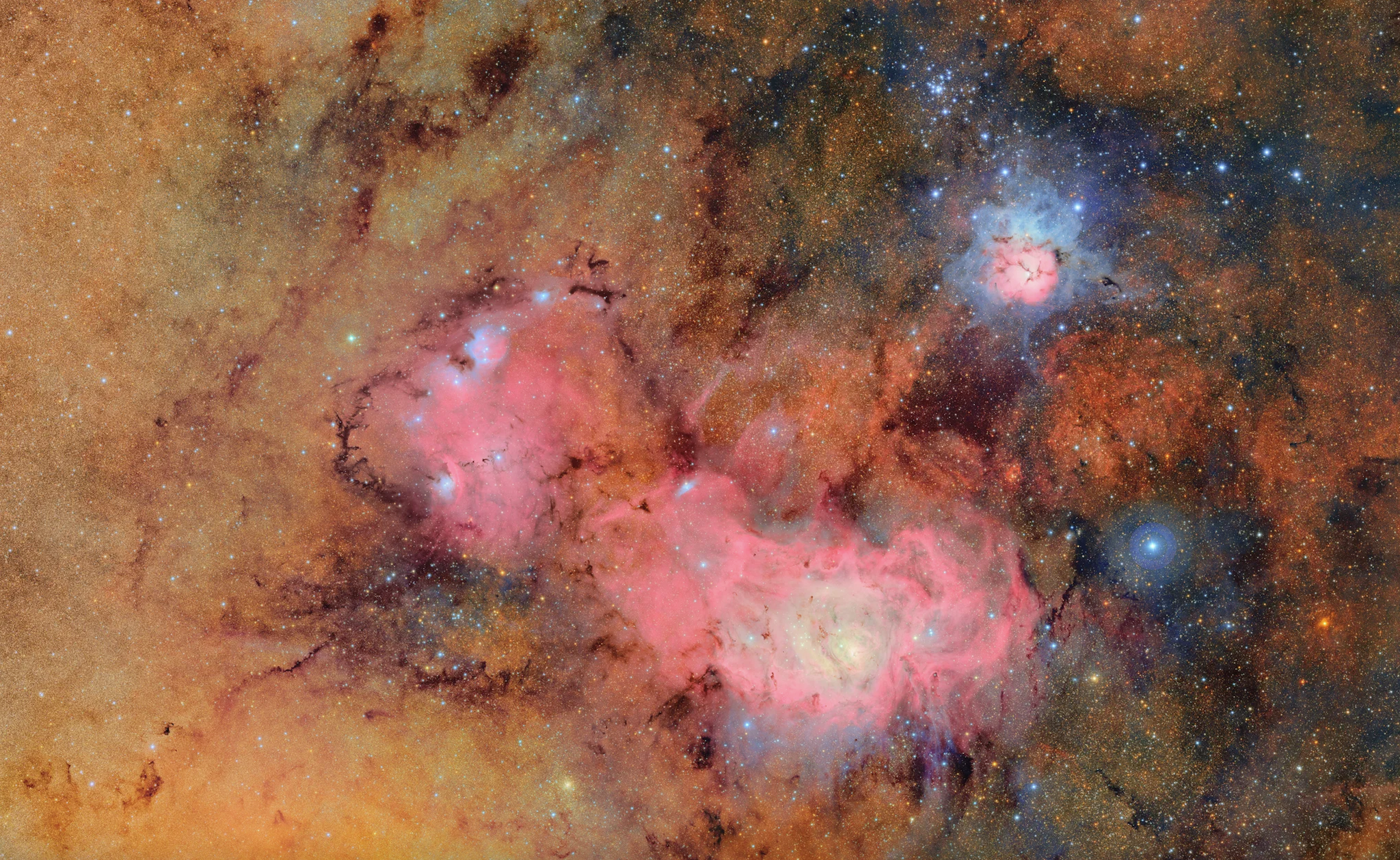
‘Spectacular’: Bay Area-built camera reveals unprecedented space images
How did your country report this? Share your view in the comments.
Diverging Reports Breakdown
Bay Area-built camera reveals ‘spectacular’ unprecedented space images
The images show millions of galaxies and revealed over 2,000 new asteroids. The observatory is located high in the Chilean mountains, an area optimal for astronomical observation thanks to its dry air and dark skies. The camera operates by nearly constantly capturing images, creating a time-lapse of the entire Southern Hemisphere. The images are both large — each one captures an area 45 times the size of the moon — and deep, allowing them to capture more light. The 10-year mission to record every visible change in the night sky is set to begin in November.
The dramatic first images captured by the Vera C. Rubin Observatory, powered by the world’s largest digital camera, were released to the public on Monday. The images show millions of galaxies and revealed over 2,000 new asteroids.
The observatory is located high in the Chilean mountains, an area optimal for astronomical observation thanks to its dry air and dark skies. But the operation’s crown jewel is its camera, which was developed and constructed by scientists at the SLAC National Accelerator Laboratory in Menlo Park.
Advertisement Article continues below this ad
The camera operates by nearly constantly capturing images, creating a time-lapse of the entire Southern Hemisphere. According to Risa Wechsler, a professor and director of the Kavli Institute for Particle Astrophysics and Cosmology at Stanford and SLAC, that means the camera presents a unique opportunity to map billions of galaxies across the sky and observe how they change over time.
“The images we saw yesterday are just kind of spectacular, mind blowing,” she said in an interview on Tuesday.
The Vera C. Rubin Observatory’s view of the southern region of the Virgo Cluster. NSF–DOE Vera C. Rubin Observatory
In addition to the camera’s ability to track changes over time, Wechsler says the new technology is exciting because the images are both large — each one captures an area 45 times the size of the moon — and deep, allowing them to capture more light.
Advertisement Article continues below this ad
According to the observatory, by drastically increasing discovery rates of asteroids, the images will allow scientists to identify potential impact threats to Earth faster.
Monday’s release is just a taste of what’s to come in the observatory’s 10-year mission to record every visible change in the night sky, according to a news release from the U.S. National Science Foundation.
The imagery captured by the car-sized camera is instantly sent to SLAC’s facilities in Menlo Park to be processed, where SLAC will then release any changes observed between images within two minutes of the image’s capture.
Advertisement Article continues below this ad
That data will help astronomers worldwide make progress in investigating some of the universe’s greatest mysteries, like dark matter. The 10-year mission is set to begin in November.
